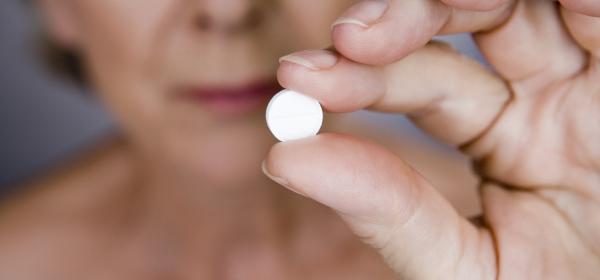KC, 73, of Seattle, Wash., has worked as a journalist for most of her career. Years ago, on a birthday trip to Chicago, KC found herself in the emergency room with a diagnosis of “off the charts” high blood pressure. Her doctor prescribed a few generic medicines that help her manage her condition.
“It’s just not an issue for me anymore,” KC says. “I’m on Medicare, and when I pick up my prescriptions, it doesn’t cost me anything. That’s a pretty good deal.”
In 2020, generics and biosimilars generated $109.6 billion in Medicare savings—that’s good news for seniors and taxpayers. Without generic competition, Medicare drug spending would have been almost double its current level. However, reforms are needed to further improve savings. Some Medicare Part D plans prevent patients from realizing the full value of low-cost generic drugs. For the past three years, fewer than half of all generic drugs are on generic formulary tiers, even as generic prices continue to decline. This situation forces America’s patients to unnecessarily pay more for their generic drugs.
Read more: 57% of Generic Drugs Are Not on 2022 Part D Generic Tiers
During the pandemic, KC (who also takes generic medicines to manage her high cholesterol) discovered a love for making art. She also sings with a vocal group in her community. “Generics,” she says, “keep my great life going.”
Read the 2022 Voices of Access Report
Share Your Voice
As we continue to advocate for accessible generics and biosimilars, we will rely more than ever on the voices of real patients. We invite you to share your story on what generic and biosimilar medicines mean to you and urge you to subscribe for advocacy alerts.

By Erica Klinger, Senior Director, Marketing
Published on March 30, 2022

